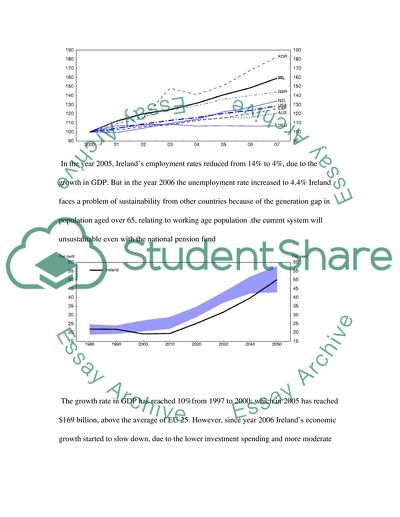Cite this document
(Economy of the Irish Republic Case Study Example | Topics and Well Written Essays - 2000 words, n.d.)
Economy of the Irish Republic Case Study Example | Topics and Well Written Essays - 2000 words. Retrieved from https://studentshare.org/macro-microeconomics/1546077-a-how-successful-has-the-government-of-the-irish-republic-been-in-running-its-economy-over-the-last-three-years-b-describe-and-evaluate-the-main-macro-econo
Economy of the Irish Republic Case Study Example | Topics and Well Written Essays - 2000 words. Retrieved from https://studentshare.org/macro-microeconomics/1546077-a-how-successful-has-the-government-of-the-irish-republic-been-in-running-its-economy-over-the-last-three-years-b-describe-and-evaluate-the-main-macro-econo
(Economy of the Irish Republic Case Study Example | Topics and Well Written Essays - 2000 Words)
Economy of the Irish Republic Case Study Example | Topics and Well Written Essays - 2000 Words. https://studentshare.org/macro-microeconomics/1546077-a-how-successful-has-the-government-of-the-irish-republic-been-in-running-its-economy-over-the-last-three-years-b-describe-and-evaluate-the-main-macro-econo.
Economy of the Irish Republic Case Study Example | Topics and Well Written Essays - 2000 Words. https://studentshare.org/macro-microeconomics/1546077-a-how-successful-has-the-government-of-the-irish-republic-been-in-running-its-economy-over-the-last-three-years-b-describe-and-evaluate-the-main-macro-econo.
“Economy of the Irish Republic Case Study Example | Topics and Well Written Essays - 2000 Words”. https://studentshare.org/macro-microeconomics/1546077-a-how-successful-has-the-government-of-the-irish-republic-been-in-running-its-economy-over-the-last-three-years-b-describe-and-evaluate-the-main-macro-econo.


